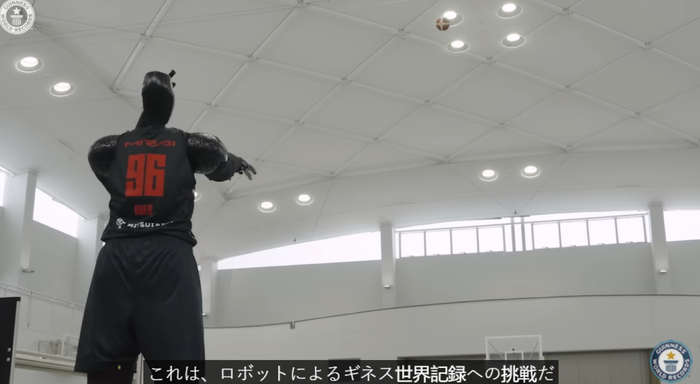Intel Showcases New Tech for AI-Powered Cars
Intel says its Arc Graphics for Automotive tech will deliver “groundbreaking opportunities” to automakers

Intel has revealed its first discrete graphics processing unit (dGPU) for automakers, as it aims to capitalize on their increasing demand for artificial intelligence.
The company says that the Intel Arc Graphics for Automotive tech, unveiled at its Cockpit Innovation Experience event in Shenzhen in China, will deliver “groundbreaking opportunities” to auto manufacturers in the country.
And it is likely to be commercially deployed as early as next year, with Intel claiming it will unlock “a new era of AI-driven cockpit experiences and enhanced personalization.”
Intel’s desire and need to make an impact in the automotive sector’s AI boom is partially driven by the sense it has yet to make much of an impact in the wider AI revolution, as others have forged ahead. The difficulties the firm has been experiencing were reflected in the news at the beginning of August that it was to shed 15,000 jobs.
Indeed, chief executive Pat Gelsinger wrote in a memo to staff: “Our revenues have not grown as expected and we’ve yet to fully benefit from powerful trends, like AI.”
The hope is that the Arc Graphics for Automotive GPU can start something of a resurgence by meeting the growing demand for compute power in increasingly sophisticated vehicle cockpits.
By adding the dGPU to its portfolio of AI-enhanced software-defined vehicle (SDV) system-on-chips (SoCs), Intel says it will bring a flexible and scalable platform solution that brings next-level, high-fidelity experiences.
And it will allow automakers to design a single vehicle platform that scales across trim levels. While entry and mid-level models can leverage the Intel SDV SoC, higher-end vehicles can benefit from the dGPU to provide more premium features.
Features car users can expect from the new tech include advanced voice, camera and gesture recognition; enhanced assistance in terms of executing vehicle controls, answering vehicle-related queries and engaging in conversation with occupants, thanks to natural language processing; and the ability to transform a vehicle into a mobile office and entertainment hub with immersive 4K displays, multi-screen set-ups and advanced 3D interfaces.
Jack Weast, vice president and general manager of Intel Automotive, said: “Intel’s strategy is to bring the power of AI into devices of every size and shape, and we’re thrilled to bring that expertise and our vast open AI ecosystem to the automotive industry.
“China’s rapid electric vehicle development cycles and advanced technological adoption make it an ideal testing ground for our next-generation technologies.”
About the Author
You May Also Like








